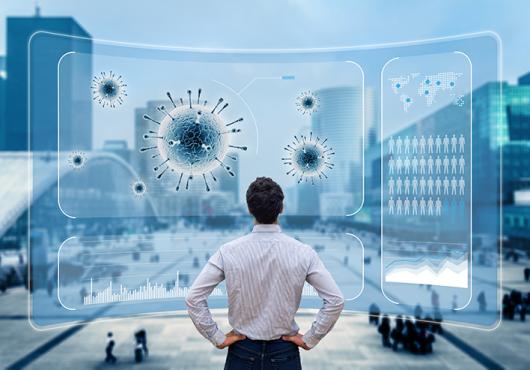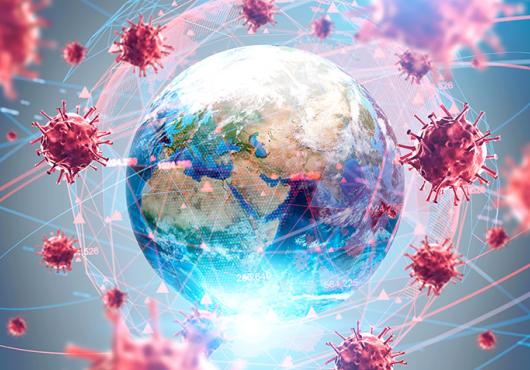
Orbon Alija/Getty Images
This article is part of Harvard Medical School’s continuing coverage of medicine, biomedical research, medical education and policy related to the SARS-CoV-2 pandemic and the disease COVID-19.
Across the U.S., the relaxation of statewide physical distancing measures designed to control the COVID-19 pandemic frequently resulted in an immediate reversal of public health gains against SARS-CoV-2, the virus that causes the disease.
These findings are reported in a new study, published in Clinical Infectious Diseases, by Harvard Medical School researchers based at Massachusetts General Hospital
Looking at data from all 50 states and the District of Columbia, the researchers found a gradual but steady decline in viral transmission rates during the eight weeks immediately preceding relaxation of physical distancing rules.
But almost immediately after those rules were relaxed, most jurisdictions reversed course. Eight weeks after restrictions were lifted or loosened, only nine of 51 still had low rates of transmission.
“Premature relaxation of social distancing measures undermined the country’s ability to control the disease burden associated with COVID-19,” according to lead study author Alexander Tsai, HMS associate professor of psychiatry at Mass General, and colleagues.
“COVID-19 is disproportionately killing so-called essential workers, poorer people, and racialized minorities. In the absence of public health leadership at the federal level, these lockdowns are the best tool we have to slow transmission,” Tsai said.
“But there are real costs to these lockdowns, costs that are again inequitably borne by so-called essential workers, poorer people and racialized minorities, as well as children in public school programs who disproportionately miss out on school. So local governments need to continue to weigh the risks and benefits of these policies, and not be convinced that once you relax, there is no turning back,” he added.
Distancing still required
The investigators previously reported that statewide physical distancing measures were associated with a reduction in the growth rate of COVID-19 cases in the U.S. and a short-term reduction in deaths related to COVID-19. Results of that study were published August 11 in the open-access journal PLOS Medicine.
“Essentially the moment restrictions were released, those trends reversed,” said senior study author Mark Siedner, HMS associate professor of medicine and an investigator in the Division of Infectious Diseases at Mass General.
In the current study, the team found that this reversal occurred regardless of the type of restriction: school closings, restaurant/bar closings, workplace rules, limiting public events, closing of outdoor recreational facilities and limits on in-state travel.
Tsai and colleagues used data from state governments and third-party sources and regression modeling to estimate how much relaxation of physical distancing measures affect the rate of transmission, expressed as a value represented by the number Rt.
“Rt is the average number of people each person with COVID-19 will infect,” Siedner said. “The goal of every public health intervention should be to get the Rt down to less than one, because if each person on average infects less than one other person, ultimately the epidemic will be extinguished.”
The data showed that the Rt, averaged across jurisdictions, declined by 0.012 units per day in the eight weeks leading up to relaxation of restrictions, with 46 of the 51 jurisdictions studied achieving an Rt below one while the measures were in place.
After physical distancing regulations were relaxed, the transmission rate increased by an average of 0.007 units per day. Eight weeks into the relaxation period, the average Rt was 1.16, and only nine of the 51 jurisdictions had Rt rates that remained below one.
“The hope was that these measures would lead to sustained changes in behavior: mask wearing and physical distancing,” Siedner said. “These data do not give us hope. Until a vaccine is available, these measures are proving to be the most effective solutions to contain epidemic hotspots.”
Adapted from a Mass General news release.





